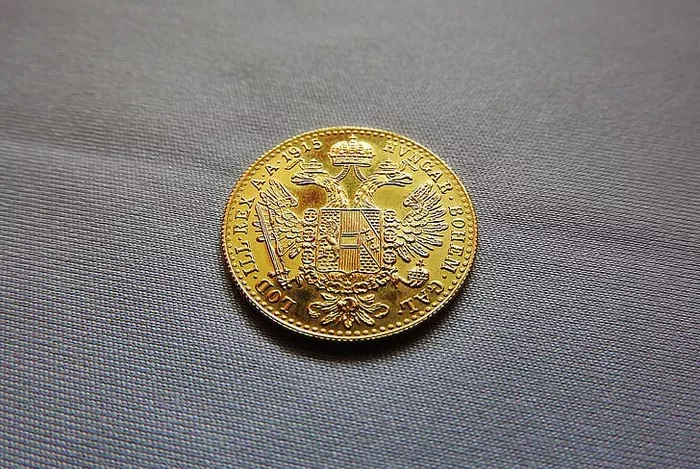As the BRICS bloc strengthens and U.S. debt surges, the idea of de-dollarization has gained traction globally. However, one prominent analyst suggests that while attention is fixated on alternative currencies and digital assets, the true move away from the U.S. dollar lies in gold.
“People are missing the real de-dollarization happening now,” commented mathematician and statistician Nassim Taleb in a recent post on X (formerly Twitter). He explained that, while international transactions may still use the U.S. dollar as an anchor currency, central banks—especially in BRICS nations—are increasingly shifting their reserves into gold. Taleb pointed out that gold has surged about 30% year-over-year.
Luke Gromen, founder of Forest for the Trees, supported Taleb’s claims with data, highlighting how this trend of storing reserves in gold has quietly been underway for the past decade. The shift became more pronounced following the 2022 sanctioning of Russian foreign exchange reserves, which many analysts saw as a wake-up call for countries heavily reliant on U.S. Treasury bonds.
Geopolitical analyst Angelo Giuliano agreed, noting that instead of purchasing U.S. debt, countries are now buying gold. He characterized this shift as the collapse of what he called the “U.S. dollar Ponzi scheme,” referring to the U.S.’s ability to print money and run up debt without immediate consequences.
The Parabolic, another X user, weighed in by referencing Jevons’ three key functions of money—store of value, unit of account, and medium of exchange. They argued that the U.S. dollar and U.S. Treasuries playing all three roles is historically unusual and highly unstable. Since the U.S. abandoned the gold standard in 1971, they said, the global financial system has depended on promises rather than tangible value.
Taleb’s comments about gold’s resurgence echo the growing sentiment that, while the U.S. dollar still dominates trade transactions, its role as a global store of value is under scrutiny. Richard Turrin, author and expert on the evolving financial landscape, observed that while the dollar remains prevalent in trade settlements, this dominance is becoming increasingly irrelevant. Gold holdings now offer a more stable reserve option for many central banks, he said.
This sentiment aligns with findings from the World Gold Council’s 2024 Central Bank Gold Reserves Survey. The survey revealed that 29% of respondents plan to increase their gold holdings in the next year—the highest rate since the survey’s inception in 2018. Additionally, 62% of respondents believe the dollar’s share of global reserves will decrease over the next five years.
Analysts point to the Federal Reserve’s anticipated rate cuts as further evidence of the dollar’s weakening position, which could further bolster gold prices. ING commodity strategist Ewa Manthey predicted that the Fed‘s moves, combined with upcoming geopolitical events like the U.S. presidential election, will continue to push gold prices higher.
“Geopolitics will remain a key factor driving gold,” Manthey noted, citing the ongoing war in Ukraine, tensions between the U.S. and China, and other global conflicts as factors that could sustain demand for the precious metal. Central banks are expected to keep adding to their gold reserves, further supporting prices.
Manthey forecasts gold prices to average $2,580 in the final quarter of 2024, with the average for the year reaching $2,388. The upward trend is expected to continue, with average prices projected to hit $2,700 in 2025.


